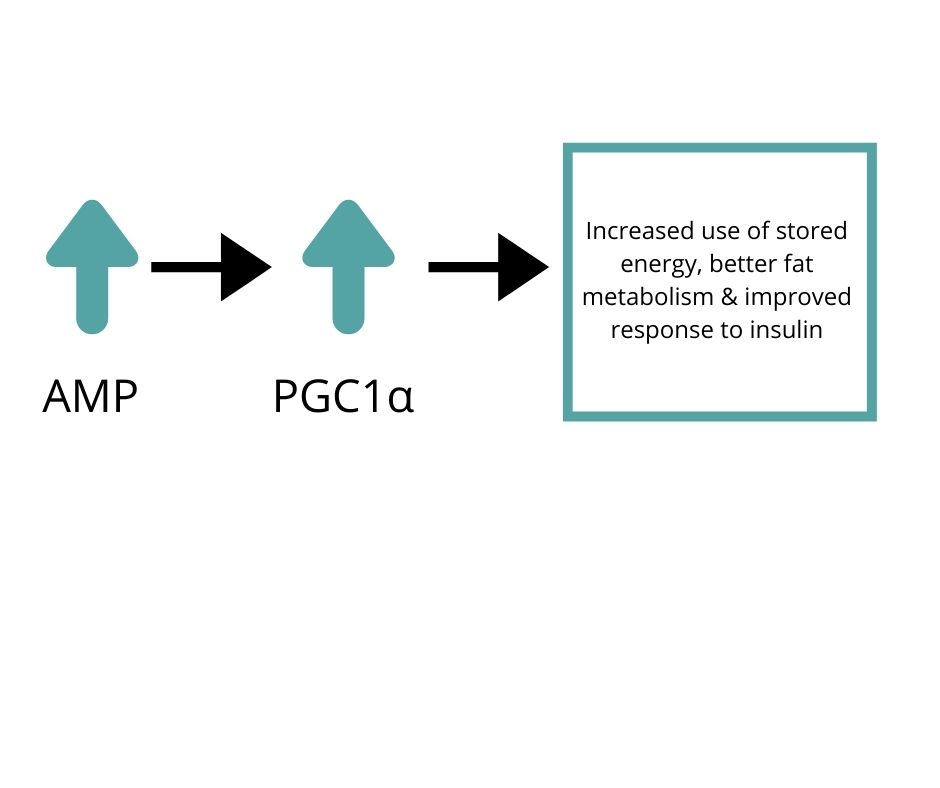
Did you know a sedentary lifestyle is associated with an increased death rate?
How many hours do you think you might be spending in front of the computer all day and then binging Netflix? We are all guilty of this to some level… right?!
In a study looking at sitting time in people age 45 and up, it was found that 6.9% of all-cause death was associated with sitting. This increased death rate was regardless of gender, age, BMI and underlying health conditions! This effect was seen even if people met exercise guidelines. (Study reference below).
What does that mean?
Even if we are getting our daily recommended exercise, sitting for long periods of time is detrimental for our health!
The good news is, even if you are not meeting your exercise goals YET, you can still improve your health by sitting LESS. They compared less than 4 hours of sitting with 4-8 and 8-11 hours a day. Can you think of ways to sit less?
A sedentary lifestyle trend has been steadily increasing generally as we spend more and more time seated at work, in our cars and watching TV/phones. In particular, as people age, they tend to move less.
So does being sedentary have metabolic consequences at the cellular level?
Yes- it affects our mitochondria… How? Let’s discuss.
This will get a little technical.
Our muscles are made to move and adapt to our needs, by producing certain substances, called transcription factors. During physical activity, a signaling protein called AMP is increased. This has effects that make mitochondria more efficient.
Increased AMP leads to increased production of a protein called PGC1α (Peroxisome proliferator-activated receptor gamma coactivator 1-alpha).

Increased production of PGC1α results in improved mitochondrial ability to use the energy (food & stored energy) through turning on certain genes and improved lipid (fat) metabolism. The increased ability of mitochondria to use energy leads to improved insulin sensitivity (improved risk for type 2 diabetes, heart disease, certain cancers, and inflammation).
In studies, sedentary people have been found to have decreased levels of PGC1α.
Exercise also has been linked to boosted levels of NAD+ (a co-factor in chemical reactions in our mitochondria, which is linked to improved heart health).
NAD+ is a prevalent molecule in the body, and is in close interaction with sirtuin proteins (see this post about metabolism to learn more about SIRTUINS.
NAD is a co-factor in many chemical reactions in our bodies. Along with exercise, certain foods, especially those high in Vitamin B3, can help boost NAD+ activity.
So, when we exercise and just generally move more, the benefits go way beyond weight loss and calories burned! The health benefits related to regular movement, building strength, flexibility, agility improve our mortality, metabolism and help our quality of life.
What conditions has exercise been show to help improve or prevent?
- Type 2 diabetes
- Breast & colon cancer
- High blood pressure
- Depression
- Osteoporosis
- Dementia
- Heart disease
- Overall death
If you haven’t been exercising or are just feel like you are simply too busy (I am guilty of this too at times!), we can still find ways to fit more movement into our lives.
So how can you find easy ways to build more movement into your life?
- The eventual goal (for heart health & cancer prevention) is to reach 150-300 minutes every week of aerobic activity & 2 episodes of muscle resistance training. It is okay to build up to this and start wherever you are.(If you have a heart condition, get clearance with your doctor before starting any exercise program.)
-
- This means if you have no routine currently, that is okay! Set short term and long term goals
- Some is better than none- do not get sabotaged by all or nothing thinking!
- Start with being consistent with 1 or 2 days a week and go from there. Even 10 minute bursts of activity count and can add up throughout the day.
- ·Take a 10 min walk after meals 3 times a day- can you really not spare 10 mins??
- When picking a workout, consider HIIT or interval training for more “bang for your buck”. Some studies suggest increased loss of visceral fat loss (inflammatory fat around the mid-section & organs) with such activity. With such high intensity exercise, you are aiming for 75 mins/week.
- Find ways to move more daily:
-
- Take the stairs
- Park further away
- Stand while you work
- Take breaks to get up every hour & walk for 2 mins.
Knowing all the benefits and ways to make it easier to get more movement in your life, do you feel more motivated? I hope so!
In health,
Dr M
Reference: van der Ploeg HP, Chey T, Korda RJ, Banks E, Bauman A. Sitting time and all-cause mortality risk in 222 497 Australian adults. Arch Intern Med. 2012 Mar 26;172(6):494-500. doi: 10.1001/archinternmed.2011.2174. PMID: 22450936.
